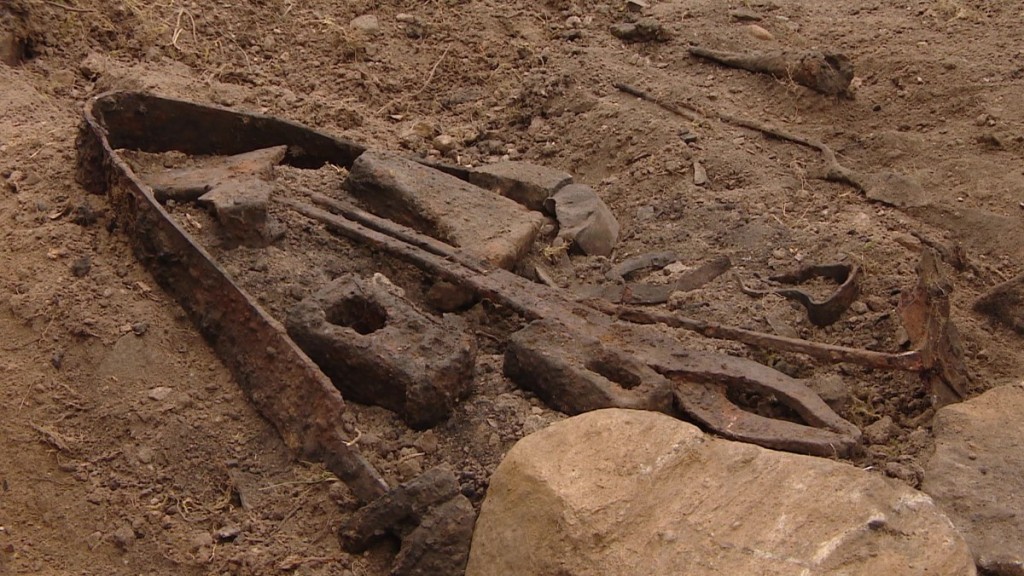A Yale historian wants us to rethink the terrible tales about the Norse.
This illustration shows the stereotype of Viking marauders wreaking mayhem, even on clergy. The scene depicts the monastery at Clonmacnoise, Ireland.
To modern readers the attack seems monstrous, even by the standards of medieval warfare. But the witness account contains more than a touch of hyperbole, writes Anders Winroth, a Yale history professor and author of the book The Age of the Vikings, a sweeping new survey. What's more, he says, such exaggeration was often a feature of European writings about the Vikings.
Read the rest of this article...


